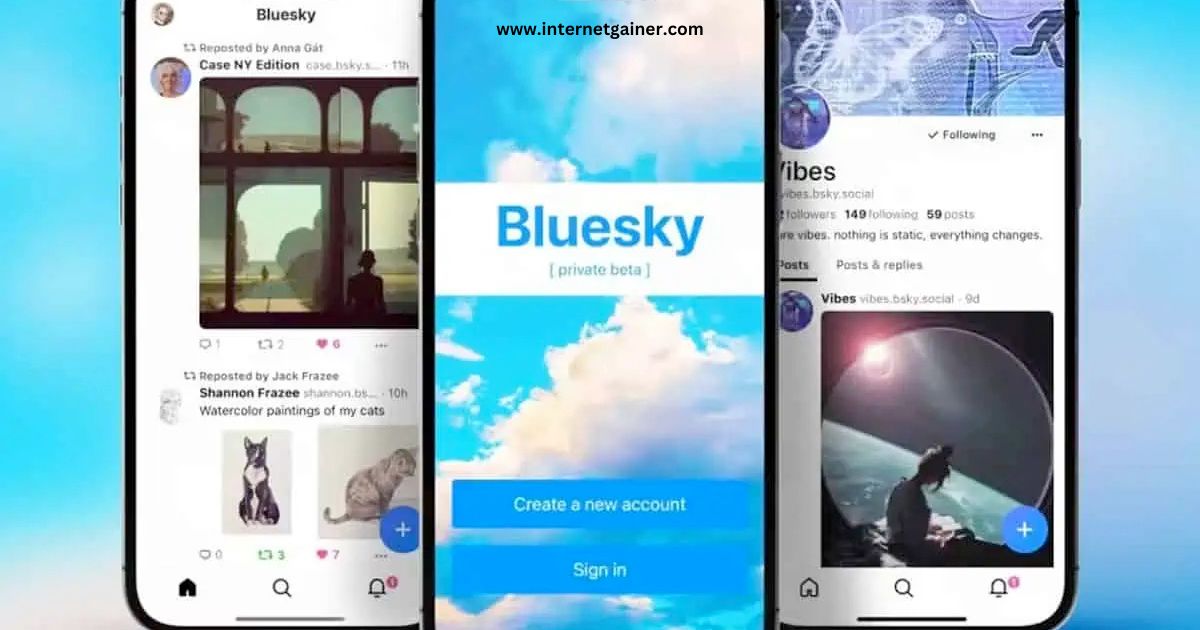Introduction
Social media platforms have diversified, offering unique approaches to communication and connectivity. Bluesky and Elon Musk’s X (formerly Twitter) represent two contrasting philosophies.
While X dominates as a centralized hub for real-time updates, Bluesky emerges as a decentralized alternative emphasizing user control and privacy. Understanding these differences is crucial for users and businesses aiming to maximize their online presence.
What Sets Bluesky Apart?
Bluesky is designed to prioritize user autonomy through decentralization, using its AT Protocol. This framework allows users to transfer profiles, content, and connections across compatible platforms seamlessly.
Unlike X’s algorithm-driven ecosystem, Bluesky offers customizable feeds, giving users more control over their online experience.
Additionally, Bluesky focuses on fostering smaller, meaningful communities. This contrasts with X’s approach, which encourages large-scale public discourse and trending content. For users who value privacy and niche interactions, Bluesky provides a refreshing alternative.
How Does X Maintain Its Dominance?
Elon Musk’s X thrives on its massive user base and advanced features. It offers unparalleled global reach, making it a go-to platform for real-time news, marketing campaigns, and public conversations.
Tools like Spaces, premium subscriptions, and monetization options further enhance its appeal for creators and businesses.
However, X’s centralized model means user data is often leveraged for advertising purposes, raising privacy concerns. Its algorithm-driven content delivery, while effective for virality, can feel restrictive for users seeking personalized experiences.
Key Differences Between Bluesky and X
- Decentralization vs. Centralization: Bluesky’s AT Protocol supports data portability, giving users full control. X remains a centralized system, prioritizing scalability and uniformity.
- Privacy: Bluesky is built around privacy and user autonomy. X, though feature-rich, involves data-sharing practices for targeted advertising.
- Community Focus: Bluesky thrives on smaller, engaged networks. X targets mass communication with trending and viral content.
- Maturity: Bluesky is still evolving with limited tools, while X is a well-established platform with extensive features.
Challenges and Considerations
Bluesky’s Limitations
As a relatively new platform, Bluesky has a smaller user base and fewer features than X. Its emphasis on decentralization can also make it less intuitive for those accustomed to centralized platforms.
X’s Drawbacks
X’s centralized nature raises concerns about data privacy and algorithmic bias. Additionally, its overwhelming scale can make it challenging for individual voices to stand out.
Choosing the Right Platform
For users prioritizing privacy and meaningful engagement, Bluesky offers an innovative alternative. Businesses or individuals seeking global reach and visibility will likely benefit more from X’s extensive audience and feature set. The choice ultimately depends on personal values and goals.
Conclusion
Bluesky and X represent two ends of the social media spectrum. Bluesky caters to those seeking autonomy and privacy, while X excels in delivering large-scale communication and trending content.
By understanding their core differences, users can make informed decisions about where to invest their time and energy online.
For more Starlink Internet information check the internetgainer.
